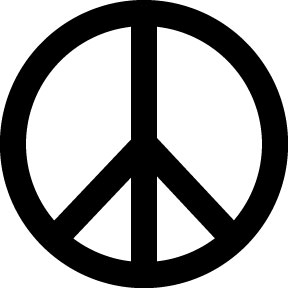Peace, but not as the world gives…
 I didn’t want to let another week pass without commenting on a blog entry entitled The Sign of Peace – theory and practice by my favourite Australian monk over at Dominus Mihi Adjutor.
I didn’t want to let another week pass without commenting on a blog entry entitled The Sign of Peace – theory and practice by my favourite Australian monk over at Dominus Mihi Adjutor.
He opens the blog entry describing some of the awkwardness that routinely arises at the“Sign of Peace” in a typical parish.
For those unfamiliar with this moment of the Mass, it is when members of the congregation are encouraged to give “a sign of peace” to one another, usually in the form of a handshake, or sometimes a kiss or hug for family members or close friends. This takes place shortly before receiving communion, with the priest saying:
Priest: Lord Jesus Christ, you said to your apostles: “I leave you peace, my peace I give you”. Look not on our sins, but on the faith of your Church, and grant us the peace and unity of your kingdom where you live for ever and ever.
All: Amen.
Priest: The Peace of the Lord be with you always.
All: And also with you.
Deacon or Priest: Let us offer each other a sign of peace…
[Sign of Peace]
All: Lamb of God who takes away the sins of the world, have mercy on us…
As Fr. Hugh mentions, the Sign of Peace is actually an optional part of the Mass and I quite often go to a Mass here in San Diego where the priest omits it entirely which some people love and others hate. The Byzantine Rite parish I visit whenever I can has no general Sign of Peace.
Fr. Hugh traces the development of the Sign of Peace from New Testament times through the early centuries and into the modern Church. He argues that the Sign of Peace which takes place in most parishes today doesn’t really fulfill its intended liturgical purpose and is often more of a disturbance than anything else.